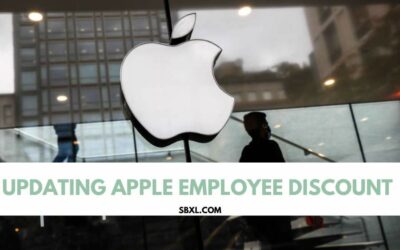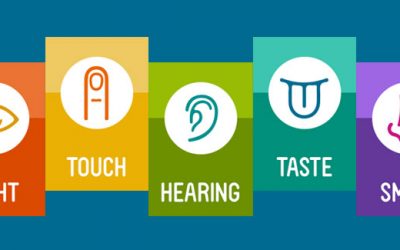You may be wondering what shopper eye tracking is and how it can help you. By using this technologically advanced shopper research technique, you can find out more about your customers — how they behave and how they think.
A customer taking part in in-store eye tracking will tell you more than their opinion. In store eye tracking research tells you what your customers are looking at and what they aren’t.
The Eyes Are Your Window to Your Consumer’s Mind
Because eye tracking technology allows you to see what your customers are seeing, the guesswork is taken out of optimising your store. Instead of potentially expensive guesswork, you can target your changes at the parts of the store that need improving the most.
After the tracked shop, you are provided with a real-time video showing you where your customers spend most of their time looking.
How Do Eye Tracking Glasses Work?
To carry out eye tracking in store, customers are fitted with eye tracking glasses and told to go about their usual weekly shop.
The glasses have two miniature cameras fitted. One is directed in front, showing what the customer is able to see, and the other is directed at the customer’s eye, seeing what they are looking at. Their eye is illuminated with an infra-red light, not interfering with their sight but allowing the camera to take accurate readings. These readings are superimposed onto the video of their shop, showing you exactly where they are looking and when — and for how long. A microphone also picks up sounds from the participant and their surroundings, providing you with context.
Because the shopper is carrying out an undirected normal weekly shop they will act as they normally do, meaning that your in store research will have more accurate results. Rather than being directed, this method allows you to gather data on what an ordinary shopper sees. This is more accurate than a post-shop questionnaire as it shows what your customers are looking at unconsciously as well as consciously.
What Can In-Store Eye-Tracking Tell You?
Eye tracking can tell you a number of things. It can tell you about your store layout, your displays, and your products.
If customers are looking around, unfocused, in a specific aisle, it shows that there may be an issue with your store layout, especially if they are repeatedly focusing on aisle markers. It is likely that they are unable to find a product they are seeking. If, however, they are heading straight to products without hesitation or any apparent searching, they aren’t being attracted by offers and signs.
When the shopper is browsing the shelves, you’d expect them to pay attention to any number of things — promotional stickers, price tags, even making eye contact with cartoons on packaging. But when they pick up a product, the eye tracking may tell a different story. Is their eye drawn to an element that will help the product to sell, such as “low sugar”, “high fibre” or “now with 33% more”? Or are they being distracted by elements that don’t encourage them to buy the product, such as ingredients or the nutrients table?
Eye-tracking also tells you how customers feel about your prices. Are customers looking at the prices or the products? And are they paying attention to other price elements, such as pre-sale prices? These can often help a shopper to determine the “real world value” of a product, and as such assess how much they are saving by buying it at a reduced price.
You want the customer to focus more on the important things in your shop. We are drawn to oddities and mistakes, so anything strange will attract the eye. This includes errors in packaging such as spelling mistakes, which will make a product seem lower quality.
With eye tracking, you know exactly what your customers are paying attention to. If their eye is drawn to a section of the product that doesn’t help you to sell it, you may need to change the packaging design. The most important information should be the part that they see the most. Eye tracking is a great way to find out not only how your customers are looking at your products, but also how they are thinking about them.








0 Comments